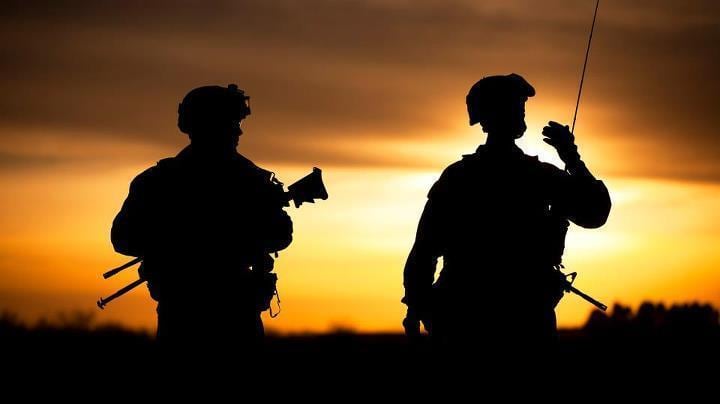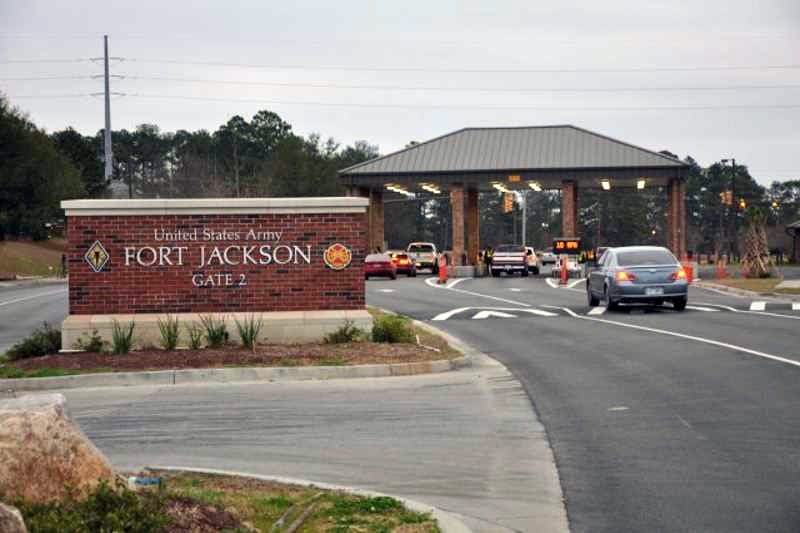As the Army looks to how cities fit into the future battlefield and recently announced the location of its Futures Command in Austin, Texas, researchers are also looking to existing smart cities to help improve current and future installations, protecting them as they become part of the long tail of warfare.
Home base, be it Fort Riley, Kansas or Camp Lejeune, North Carolina, are no longer removed from the war front.
“For the very first time our installations are part of the battlespace,” said Deputy Assistant Secretary of the Army for Installations Richard Kidd. “Installations are no longer sanctuaries.”
RELATED

Kidd pointed to a recent event in which soldiers based in South Korea received false orders that looked like official documents. Episodes over the past year showed potential access to troops' fitness tracker devices by outside actors to track individual and unit movements in and around bases.
To meet the combined threats to installations and leverage ways in which new technologies can advance readiness, the U.S. Army’s Training and Doctrine Command recently focused its “Mad Scientist” initiative efforts with a look at installations.
Here are the top 10 takeaways from the June event, originally posted on the TRADOC G-2 Mad Scientist Initiative website, held at the Georgia Technology Research Institute, commonly know as Georgia Tech:
1. Threats and tensions
There is a “tension between openness and security” with the hyper-connectivity that smart cities and installations achieve through connected devices. The connectivity allows adversaries to target installations and “virtually project power.”
Some examples included personalized warfare, using personal information such as family data online, genome-specific attacks and “deepfake” tactics such as superimposing images or altering words spoken in publicly recorded addresses by leaders.
2. Exclusion vs. inclusion
Access to installations balances itself on protecting the people and materiel at a military installation by also keeping a flow of personnel and ideas, such as business and academic partnerships, and moving on and off both the virtual and physical installations.
3. Infrastructure sensorization
More sensors mean more risk for exploitation of the information that sensors collect. Commanders can hold table-top exercises to help build robust infrastructures that both allow for sensors to be used but also protect the networks that connect with sensors.
4. Army modernization challenge
While the Army attempts to modernize its equipment and training, it also has to maintain still-in-use legacy platforms and models. The same is true of installations, many of them decades or even a century old. The TRADOC initiative looks to public-private partnerships to modernize installations.
5. Technology is outpacing regulations and policy
Sensors and analytics can improve security but also raise questions about privacy. Think security cameras and traffic cameras.
Researchers with the TRADOC initiative have studied an ongoing drone support concept being used in Louisville, Kentucky to help detect gunshots as one way sensors and analytics combined can improve safety.
6. Synthetic training environment
Future installations will see fewer “brick and mortar” buildings and more virtual environments, especially for training. Training areas, confined by cost, and space and time for usage, are increasingly seen as starting first in the virtual world, especially with improving gaming, virtual reality and augmented reality capabilities coming online.
7. Security technologies
Tech oriented toward security, from drones to facial recognition and even artificial intelligence, will fuse information and improved Intelligence Surveillance and Reconnaissance capabilities used in the field and overseas. Researchers noted that China leads the world in this arena.
8. Virtual prototyping
Using virtual systems in a computational test bed to assess new equipment and systems through trials is a way in which the Army’s Engineer Research and Development Center is measuring and planning for future, long-term Army advancements.
Some of those items being explored include: force projection, resilient installations working with community partners, warfighter readiness and cost effectiveness.
9. Standard approach to smart installations
Army leaders want to develop a “common suite of tools” to integrate smart tech into installations. Researchers noted that a method to rapidly pilot prototypes to help leaders decide whether and how to scale technologies across Army installations is needed.
10. Low-hanging fruit
Leveraging early 5G infrastructure at installations with community, academic and industry partnerships can help Army leaders better identify fixes that are readily available to existing problems.
Todd South has written about crime, courts, government and the military for multiple publications since 2004 and was named a 2014 Pulitzer finalist for a co-written project on witness intimidation. Todd is a Marine veteran of the Iraq War.




